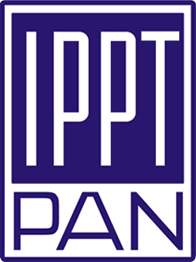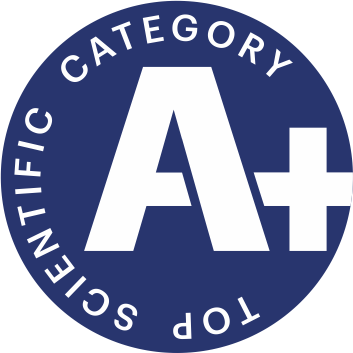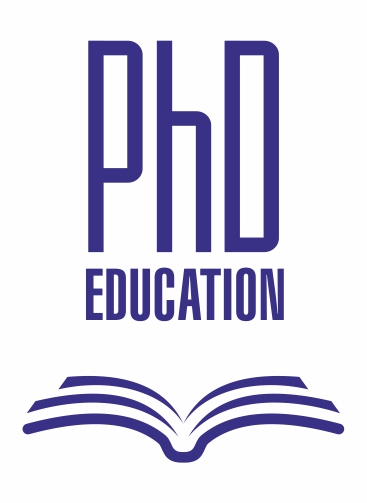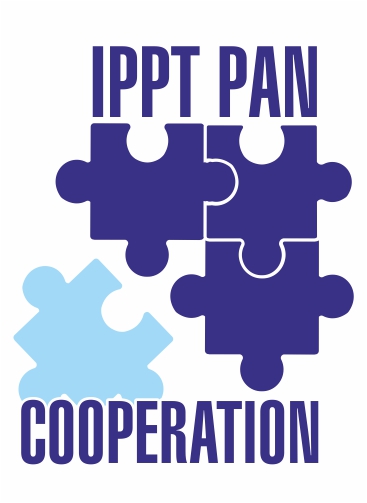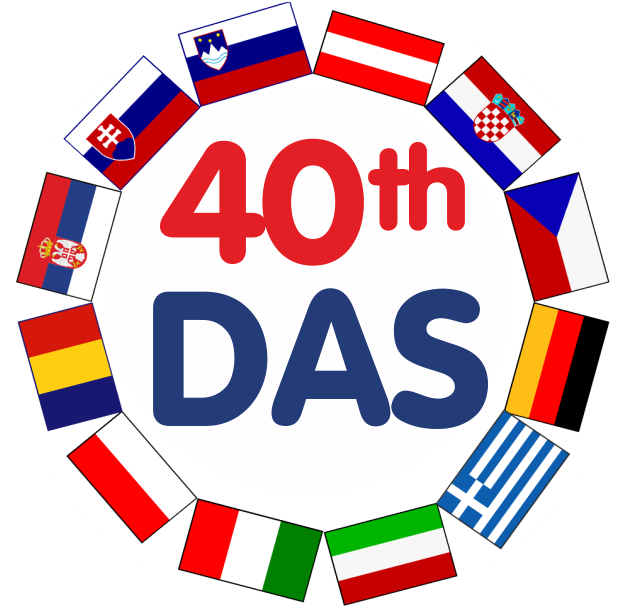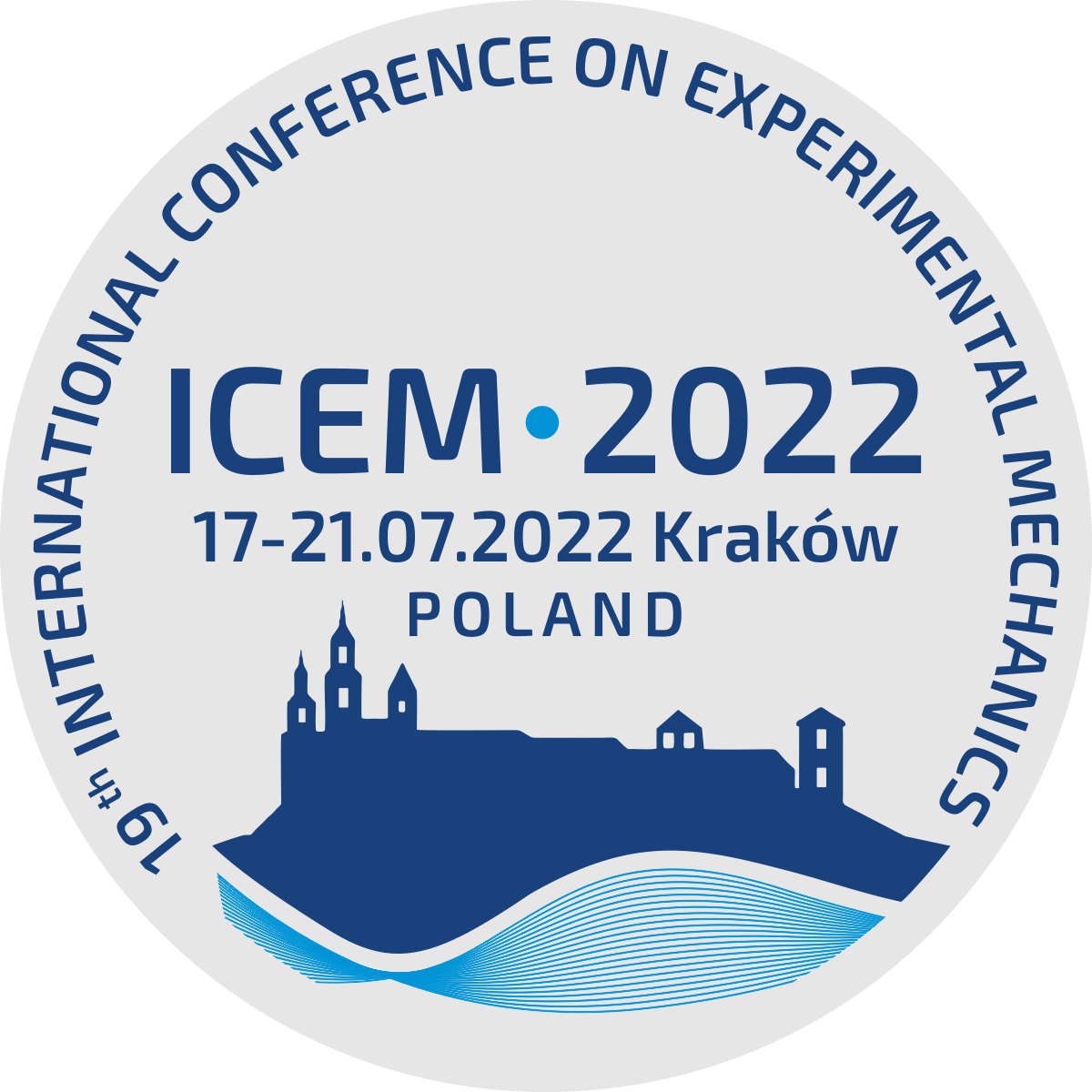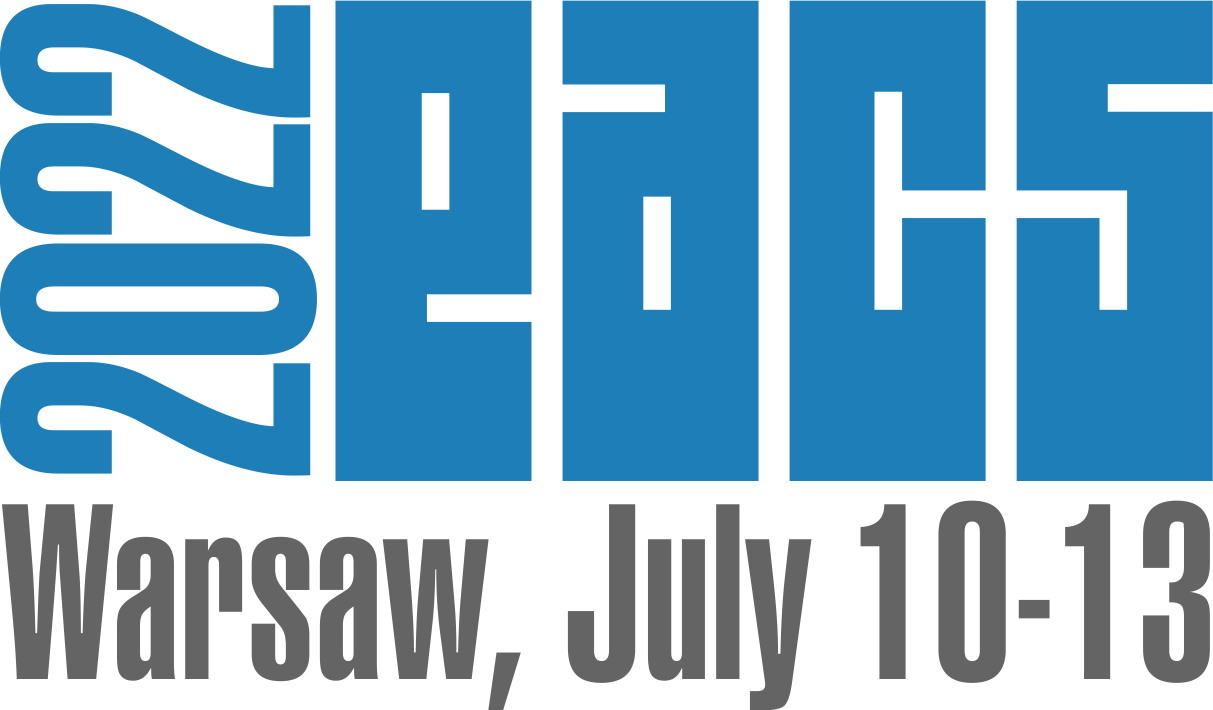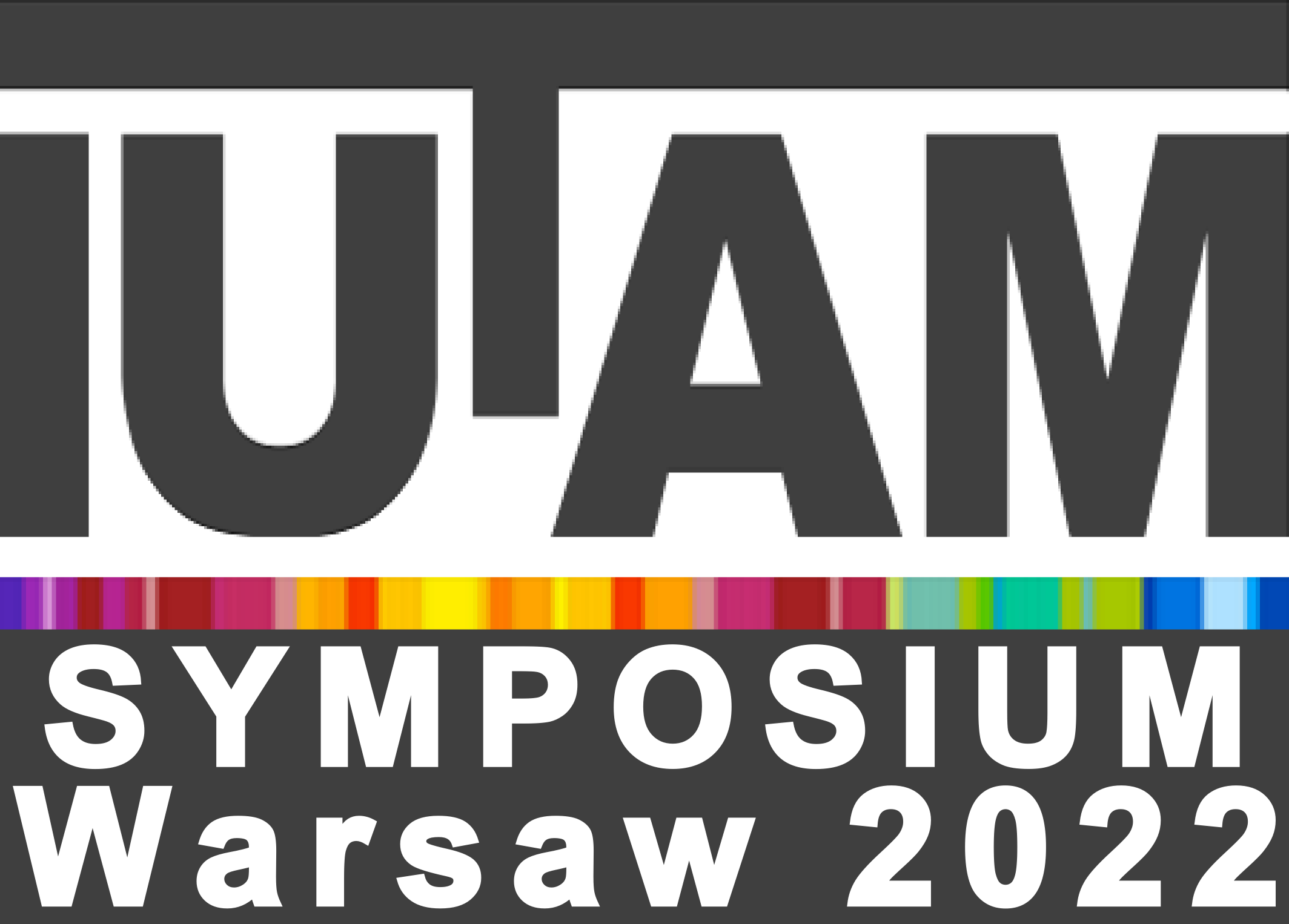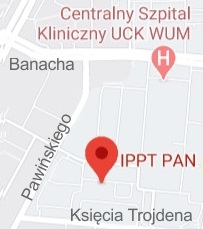| 1. |
Urbanek O., Wysocka A.♦, Nakielski P., Pierini F., Jagielska E.♦, Sabała I.♦, Staphylococcus aureus specific electrospun wound dressings: influence of immobilization technique on antibacterial efficiency of novel enzybiotic,
Pharmaceutics, ISSN: 1999-4923, DOI: 10.3390/pharmaceutics13050711, Vol.13, No.5, pp.711-1-17, 2021 Abstract:
The spread of antimicrobial resistance requires the development of novel strategies to combat superbugs. Bacteriolytic enzymes (enzybiotics) that selectively eliminate pathogenic bacteria, including resistant strains and biofilms, are attractive alternatives to antibiotics, also as a component of a new generation of antimicrobial wound dressings. AuresinePlus is a novel, engineered enzybiotic effective against Staphylococcus aureus—one of the most common pathogenic bacteria, found in infected wounds with a very high prevalence of antibiotic resistance. We took advantage of its potent lytic activity, selectivity, and safety to prepare a set of biodegradable PLGA/chitosan fibers generated by electrospinning. Our aim was to produce antimicrobial nonwovens to deliver enzybiotics directly to the infected wound and better control its release and activity. Three different methods of enzyme immobilization were tested: physical adsorption on the previously hydrolyzed surface, and covalent bonding formation using N-hydroxysuccinimide/N-(3-Dimethylaminopropyl)-N′-ethylcarbodiimide (NHS/EDC) or glutaraldehyde (GA). The supramolecular structure and functional properties analysis revealed that the selected methods resulted in significant development of nanofibers surface topography resulting in an efficient enzybiotic attachment. Both physically adsorbed and covalently bound enzymes (by NHS/EDC method) exhibited prominent antibacterial activity. Here, we present the extensive comparison between methods for the effective attachment of the enzybiotic to the electrospun nonwovens to generate biomaterials effective against antibiotic-resistant strains. Our intention was to present a comprehensive proof-of-concept study for future antimicrobial wound dressing development. Keywords:
antibacterial wound dressings, enzybiotic, fibers functionalization, electrospun wound dressings, Staphylococcus aureus Affiliations:
| Urbanek O. | - | IPPT PAN | | Wysocka A. | - | other affiliation | | Nakielski P. | - | IPPT PAN | | Pierini F. | - | IPPT PAN | | Jagielska E. | - | other affiliation | | Sabała I. | - | Mossakowski Medical Research Centre, Polish Academy of Sciences (PL) |
| 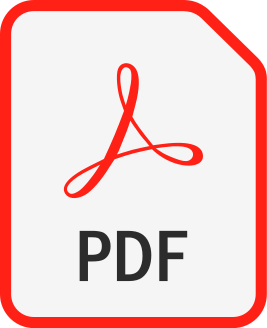 |

